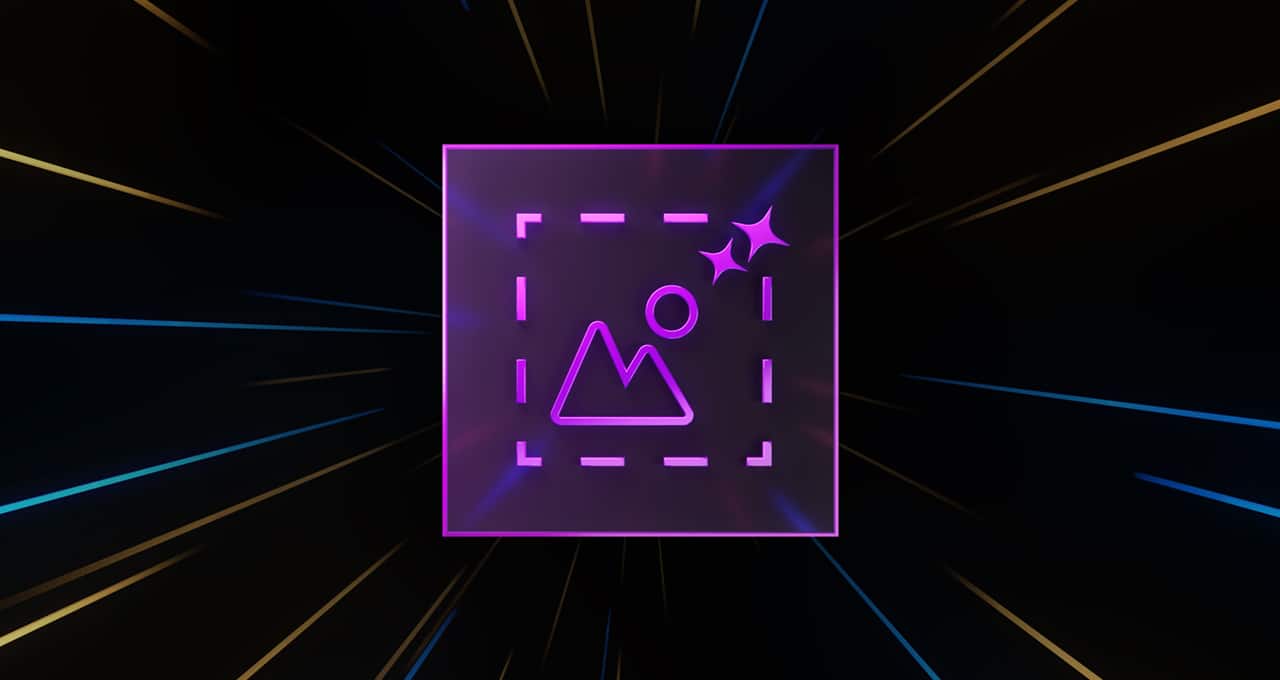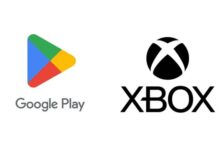Understanding the Power of AI in Video Upscaling: NVIDIA’s RTX Platform
—
Introduction
As part of the AI Decoded series, this article aims to shed light on the transformative capabilities of AI-powered video upscaling, especially as utilized by NVIDIA’s RTX platform. This series demystifies artificial intelligence (AI) technology, making it more accessible and showcasing the latest hardware, software, tools, and accelerations for RTX PC and workstation users.
The Pervasiveness of Video Content
In today’s digital age, video content dominates the internet, accounting for nearly 80% of internet bandwidth. Despite the rise in screen sizes and resolutions, the majority of video content available online is still at or below 1080p quality. This discrepancy between screen capability and video quality is where upscalers come into play.
What is an Upscaler?
An upscaler is a tool that enhances video quality by increasing its resolution. Due to the larger file size of videos compared to images or text, platforms like Netflix, Vimeo, and YouTube compress video files to make them easier to transmit over the internet. This compression process, known as encoding, involves reducing the video’s resolution and frame rate to fit a target bitrate. However, this often results in a loss of detail and the presence of encoding artifacts, which are unwanted distortions or anomalies in the video.
Traditional upscalers on devices work by simply multiplying pixels to match the display’s native resolution. While this can sharpen the outlines of objects, it often leaves behind encoding artifacts and can make the video look over-sharpened and unnatural.
AI-Powered Upscaling: A Superior Alternative
NVIDIA’s RTX platform leverages AI to significantly improve the quality of upscaled videos. Unlike traditional upscalers, AI-powered upscalers analyze images and motion vectors to generate new details that were not present in the original video. This process involves recognizing patterns in the image and enhancing them to provide greater detail and clarity.
Before any processing begins, the video must be de-artifacted to remove any blocky areas caused by overcompression. NVIDIA’s AI networks excel at this, ensuring that the upscaling process enhances the desired content rather than the artifacts.
RTX Video Super Resolution
One of NVIDIA’s latest innovations in AI-enhanced video technology is RTX Video Super Resolution. Available on GeForce RTX 40 and 30 Series GPUs, as well as RTX professional GPUs, this feature uses AI running on dedicated Tensor Cores to remove block compression artifacts and upscale lower-resolution content up to 4K. This technology can be applied to all videos watched on browsers, making even low-bitrate streams look stunningly clear.
RTX Video Super Resolution is also supported in popular video apps like VLC, allowing users to apply the upscaling process to their offline videos. Additionally, creators can use this technology in editing apps like Black Magic’s DaVinci Resolve to upscale lower-quality videos to 4K resolution and convert standard-dynamic range (SDR) files to high-dynamic range (HDR).
Introducing AI HDR
HDR video supports a wider range of colors, providing greater detail, especially in the darker and lighter areas of images. However, HDR content is still relatively scarce online. NVIDIA’s RTX Video HDR addresses this by converting standard or low-dynamic-range content into HDR with the correct tone mapping, ensuring the image looks natural and retains its original colors.
AI Across the NVIDIA Ecosystem
The benefits of AI-powered upscaling extend beyond video streaming. Members of the GeForce NOW cloud streaming service can play their favorite PC games on nearly any device, with game video content rendered on GeForce RTX servers and streamed to the player’s local device. Even users on older NVIDIA GPU-powered devices can enjoy AI-enhanced upscaling to improve gameplay quality.
NVIDIA SHIELD TV takes this a step further by processing AI neural networks directly on its NVIDIA Tegra system-on-a-chip. This allows it to upscale 1080p-quality or lower content from nearly any streaming platform to a display’s native resolution, improving video quality from services like Netflix, Prime Video, Max, Disney+, and more.
Special Offers and Availability
As part of Amazon’s Prime Day event, SHIELD TV is available for up to $30 off in North America and £30 or 35€ off in Europe. Prime members in Europe can also receive one month of the GeForce NOW Ultimate membership for free with eligible SHIELD TV purchases, enabling GeForce RTX 4080-class PC gameplay streamed directly to their living rooms.
Conclusion
AI has ushered in unprecedented improvements in video quality, setting a new standard for streaming experiences. NVIDIA’s advancements in AI-powered upscaling and HDR conversion are transforming the way we consume video content, making it clearer, more detailed, and more vibrant.
Generative AI is revolutionizing gaming, videoconferencing, and interactive experiences of all kinds. Stay updated on the latest developments by subscribing to the AI Decoded newsletter.
—
Good to Know:
For those unfamiliar with some of the technical terms:
- Bitrate: This refers to the amount of data processed over a given time in a video file. A higher bitrate means better video quality but larger file size.
- Frame Rate: The number of frames displayed per second in a video. Higher frame rates result in smoother motion.
- Tensor Cores: Specialized hardware within NVIDIA GPUs designed to accelerate AI computations.
- High-Dynamic Range (HDR): A technology that enhances the range of colors and contrast in video content, making it look more realistic.
- Standard-Dynamic Range (SDR): Traditional video content with a limited range of colors and contrast.
By understanding these concepts, readers can better appreciate the technological advancements and their impact on video quality.
For more Information, Refer to this article.



































